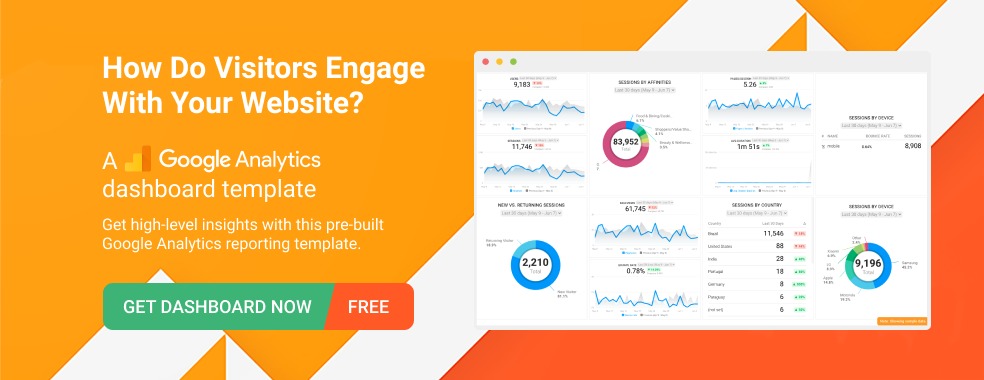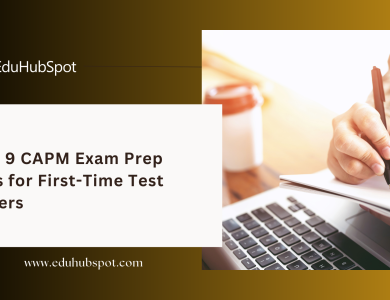Building a successful website starts with a deep understanding of your audience. You cannot make an impression without knowing who you are speaking to. So, conducting audience research is the foremost step that helps you learn about your audience’s needs and preferences.
This gives you a better opportunity to design your content and marketing strategies, which effectively satisfy the needs of your people. But how do you find what your audience wants?
Here’s an article that helps you carry out thorough audience research. The following 9 tips will illustrate how a professional connects the dots and ensures attractive, engaging, and relevant web design in Melbourne.
1. Define Your Target Audience
To conduct effective audience research, you must first fix your target clearly and accurately. It means defining your target audience. Who needs or wants your products/services?
Consider highlighting the following:
- Demographics (age, gender, location)
- Psychographics (interests, values, beliefs)
- Specific needs or pain points that your website can address.
A well-defined audience profile will guide your research efforts effectively. You can make it even more perfect by creating ideal customer personas.
2. Conduct Surveys and Questionnaires
Creating online or offline surveys and questionnaires can be an effective way to gather direct feedback from your audience. Ask questions about their needs, likes, and pain points related to the topic of your web design in Melbourne.
For online initiatives, you have a bunch of tools. Start with SurveyMonkey or Google Forms, which can help you collect and analyse responses.
3. Involve Website Analytics
While interacting with a real audience directly is one way to conduct audience research, using website analytics is no less useful. Leverage web analytics tools like Google Analytics to gain insights into your current audience’s behaviour.
Analyse data such as traffic sources, user demographics, and user flow to identify patterns and preferences. This data provides a starting point for understanding your existing audience.
4. Analyse Social Media Insights
Like website analytics, if you have a strong social media presence, you can also analyse the insights provided by social media platforms. Facebook, Instagram, and Twitter all provide insights into your profile on the platform itself.
Therefore, pay attention to audience demographics, engagement metrics, and trending topics related to your niche on social media. This information can help you understand what resonates with your social media followers.
5. Study Competitor Websites
You must never forget your competitors during the audience research. Studying competitors can give you a deep perspective on your industry. So, make sure you research your competitors’ websites and gain insights into their audience and strategies.
Look for both similarities and differences in your approaches. Note down everything that matters, from content to design to engagement tactics. By learning what works for your competitors, you can determine gaps and opportunities in your own approach.
6. Use Keyword Research Tools
Keyword research tools like Google Keyword Planner and SEMrush can help you discover what terms and phrases your audience is searching for online. For better ease of use, you can also try the Keyword Surfer browser extension. This information is invaluable for optimising your website’s content to align with user intent.
You use these keywords in your website, helping users find you when they search for those terms. Employing an SEO professional is also a good idea that drives better results for your web design in Melbourne.
7. Analyse User Feedback
The next way you can conduct audience research is through collecting and analysing user feedback through website comments, contact forms, or customer support interactions. Pay attention to recurring comments or concerns.
This qualitative data can uncover specific pain points and suggestions for improvement. Making decisions based on this will help you create highly relatable web design in Melbourne.
8. Conduct User Testing
User testing involves having real users interact with your website and providing feedback while performing specific tasks. Tools like UsabilityHub or UserTesting.com can help facilitate this process. With these, you can identify usability issues in your website and gather insights into how users navigate it.
9. Stay Updated and Iterate
Lastly, keep in mind that audience research is an ongoing process.
User preferences, trends, and technology evolve over time. So, you need to regularly review and update your research to keep your website aligned with your audience’s changing needs and expectations. Continuously iterate and improve your site based on the latest insights.
Ready for Professional Web Design in Melbourne?
Effective audience research is the foundation of a successful website. By defining your target audience, leveraging analytics, conducting surveys, and analysing user feedback, you can gain valuable insights that inform your design and content decisions.
However, these are indeed professional areas. Without the necessary experience and expertise, you can only achieve so much. So, consider hiring a good expert and get your web design in Melbourne.
Make My Website is a perfect example of an experienced web designer. Their experts have experience with various business websites, from e-commerce to NDIS web design. It’s a 5-star rated agency that can help speed up your online growth.
Check out their services and associated charges on MMW’s official website. You can get a quote for your project and make a decision.
Good luck!




